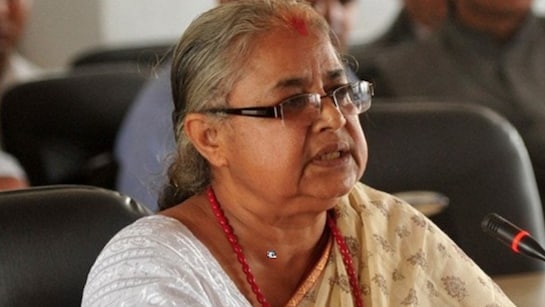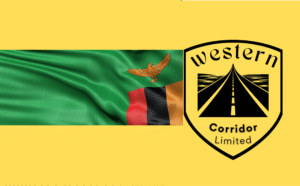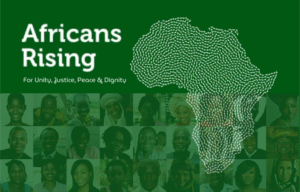Sushila Karki Named Nepal’s Caretaker Leader after Government Collapse and Deadly Youth-Led Protests

Kathmandu, Nepal has entered uncharted political terrain. On Friday, Sushila Karki, the country’s first female chief justice and a figure long admired for her fierce independence and crusade against corruption, was sworn in as caretaker leader. Her appointment follows a week of deadly unrest that has laid bare the fragility of Nepal’s democratic experiment and the frustrations of a restless generation demanding change.
The announcement came after a dramatic chain of events: student-led demonstrations that began peacefully on Monday against a controversial social media ban turned violent when security forces opened fire on crowds, killing several protesters. The crackdown galvanized Nepal’s “Gen Z” activists – the youth, tech-savvy and disillusioned with political elites, who transformed campuses and public squares into sites of resistance. By Tuesday, anger had boiled over into rioting across major towns. Government offices were set ablaze, police stations looted, and symbols of state authority toppled in scenes the country had not witnessed since the monarchy’s fall nearly two decades ago. More than 50 people have been killed, according to police figures, and the material losses run into the thousands of buildings destroyed.
Faced with the mounting death toll, the prime minister resigned midweek, taking responsibility for what many Nepalis saw as a moral and political collapse. The controversial social media ban was swiftly revoked, but the damage was done: young protesters had tasted both grief and power. In that void, the appointment of Karki, a nonpartisan figure known for her resistance to political interference during her time on the bench, emerged as a compromise between protesters’ demands and the state’s need for stability.
Yet her rise carries symbolism beyond politics. For many women in Nepal, Karki’s ascent marks a rare moment of recognition in a deeply patriarchal society where power has historically been monopolized by men. For families grieving lost sons and daughters, her reputation for fairness offers a fragile hope that justice will not be buried under political deals. For business leaders, who watched factories burn and tourism bookings vanish overnight, her leadership represents a last chance to reassure investors that Nepal will not spiral into prolonged chaos.
The protests have also exposed profound cultural shifts. Nepal’s younger generation, shaped by smartphones and global pop culture as much as by village traditions, is challenging the slow, hierarchical political order inherited from the civil war era. Their demands of transparency, accountability, digital freedom, speak to both local grievances and global currents of youth-led dissent. But the clashes also reopened wounds in a country still struggling to reconcile its multiethnic identity, rural-urban divides, and unresolved trauma from years of insurgency.
Regionally, the crisis unsettles both India and China, Nepal’s powerful neighbors, whose interests in the Himalayan nation are strategic as much as economic. Diplomats in Kathmandu are quietly assessing whether Karki’s caretaker role can avert deeper instability or whether the violence signals a longer breakdown of governance.
For now, Sushila Karki faces a paradox: she is one of Nepal’s most trusted public figures, yet she inherits a state apparatus hollowed out by corruption, violence, and mistrust. She must simultaneously calm a grieving nation, rebuild institutions in ruins, and earn the confidence of a generation that has made clear it will not wait quietly for reform.
Her first test begins immediately: not just restoring law and order, but proving that the voices of the young, the marginalized, and the grieving can shape Nepal’s future.








